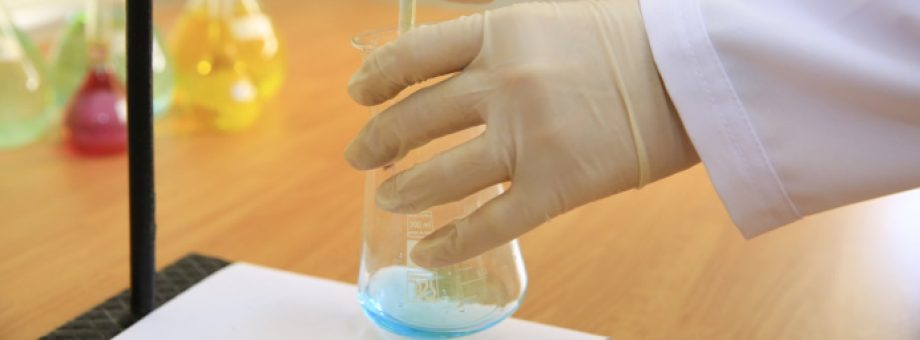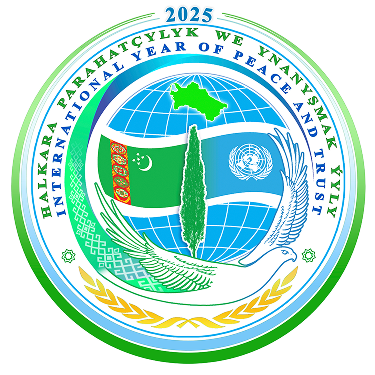Priority attention to the processing of iodine-bromine waters

Against the backdrop of the global trend of depletion of mineral raw materials, the value of reserves dissolved in waters—namely hydromineral resources—is increasing, as is the relevance of technologies for their processing in ways beneficial to the economy. Such wealth of the country is an attractive factor for foreign companies seeking entry into the Turkmen market and wishing to participate in mineral extraction.
One of the methods—evaporation of waters saturated with microelements in special basins—was once studied by faculty members of the Y. Kakayev International Oil and Gas University. Among this hydromineral raw material are iodine-bromine waters, from which iodine is extracted, and with their comprehensive processing, bromine compounds, magnesium and calcium salts, as well as valuable microelements such as strontium, boron, and lithium can also be recovered.
According to the Institute of Chemistry at the Academy of Sciences of Turkmenistan, one of the most promising regions is Southwest Turkmenistan. Deposits explored here provide the raw material base for operating chemical enterprises, including the Hazar (Cheleken), Balkanabat, and Boyadag iodine extraction plants of the State Concern "Türkmenhimiýa," located in the economically developed Pribalkhan region.
These plants use thermal drilling waters with a high concentration of raw materials as their source. Among currently exploited iodine-bromine sources, the "Seytkerderi" and "Kuilyar" deposits within the Western Kopetdag structure hold a special place, underpinning the operation of the Bereket plant of the State Concern. The annual volume of iodine raw materials produced by Turkmenistan's plants and their reserves have placed the country among the global leaders. The annual production standard of iodine is about 525 tons.
The issue of increasing iodine extraction can be resolved through the development of new industrial water deposits in the Gograndag-Ekerem oil and gas-bearing region and the geological structures of Gograndag-Garadashly, Ekerem, and Gamyshlyja. Such deposits are compositionally heterogeneous. For example, the raw material for iodine production from the "Ekerem" deposit in the Esenguly etrap of Balkan velayat consists of formation waters concentrated in reservoirs formed around decommissioned oil wells in that area.


 NEWS
NEWS